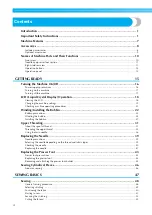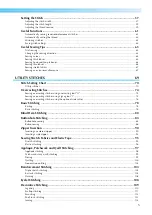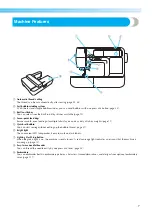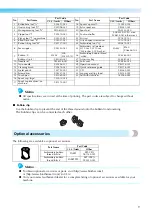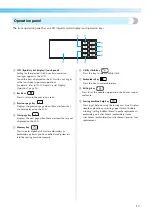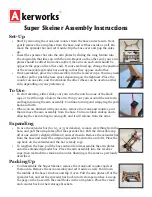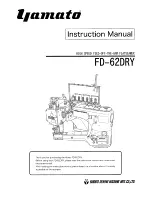
English
XE3116-101
b
Printed in China
Product Code 885-V31/V33
GETTING READY
SEWING BASICS
UTILITY STITCHES
EMBROIDERY
APPENDIX
Please visit us at
http://solutions.brother.com
where you can get product support and answers to
frequently asked questions (FAQs).
Computerized Embroidery and Sewing Machine
Operation Manual
O
pe
ra
tio
n
M
an
ua
l
88
5-
V
31
/V
33
PANTONE 285
Black
_Ccombo_BrotherE_cover
Summary of Contents for 885-V31
Page 2: ......
Page 16: ...14 ...
Page 70: ...SEWING BASICS 68 ...
Page 170: ......
Page 171: ......






